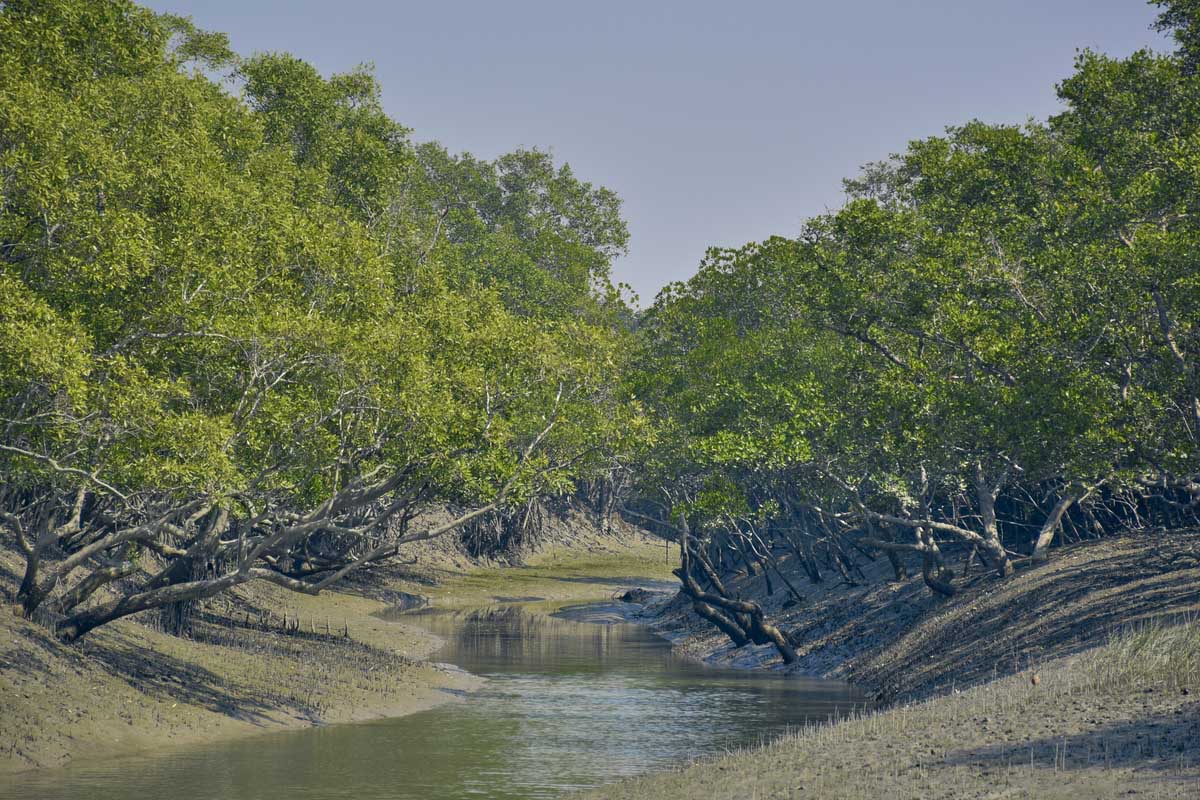Cyclone Amphan that barrelled through coastal Odisha triggering devastation in West Bengal and a few coastal parts of Odisha spared Bhitarkanika National Park (BNP) and adjoining hamlets in Kendrapara district with lush-green luxuriant mangrove cover acting protective barrier as the Nature’s fury. Almost ten days after the cyclonic storm, the national park authorities have come out with brighter and cheering notes- the mangrove forest successfully withstood the wind velocity of the cyclone.
Because of thick density of mangrove forest in Bhitarkanika, the flora and fauna of the park were unharmed due to the cyclone.
Advertisement
The villages on the close periphery of the national park were also saved as the mangrove cover acted as buffer zone in protecting the human settlements, said Divisional Forest Officer, Rajnagar Mangrove (wildlife) Forest Division, Bikash Ranjan Dash.
In 1999 when the super cyclone with much greater velocity than Amphan had its landfall in Odisha, the Bhitarkanika area was saved as the mangrove species withstood the onslaught of gusty wind.
The mangrove is a proven and time-tested natural barrier against tidal surge and cyclones in these parts. People in these parts have also realized the immense lifesaving y value of mangrove forest and are lending helping hand to forest department in conservation of this tidal woodland. Mangrove forests with its intricate root system stabilize the coastline, reducing erosion from storm surges, currents, waves, and tides, the officials said.
Bhitarakanika is one of the richest storehouses of mangrove genes. Researchers have come across 11 of the 70 mangrove species, which were at elevated threat of extinction in the world, in Bhitarakanika. Odisha with a mangrove forest area of 231 square KM with major chunk of being in Bhitarkanika stands second only to Sundarbans in West Bengal.
Besides Bhitarkanika in Kendrapara, the districts of Balasore, Bhadrak, Jagatsinghpur and Puri district are also home to mangrove, otherwise known as coastal woodland. 82 square Km area in Bhitarkanika is densely mangrove infested while 95 square km area is having moderate mangrove forest.
54 square km patches are sparsely covered under Mangrove forest.
“October 29-30, 1999-super cyclone had devastated large areas. However our village was saved from Nature’s fury as the standing mangroves trees acted as bio-shield. Since then, locals realized that mangrove is the lifeline for people living here. Locals here religiously adhere to the policy of protecting the forest”, recalled Pradeep Das, a resident of Dangamal village lying on the close periphery of the Bhitarkanika National Park. “The mangrove forest lessened the wind velocity during Cyclone Amphan that struck Odisha”, he concluded.









